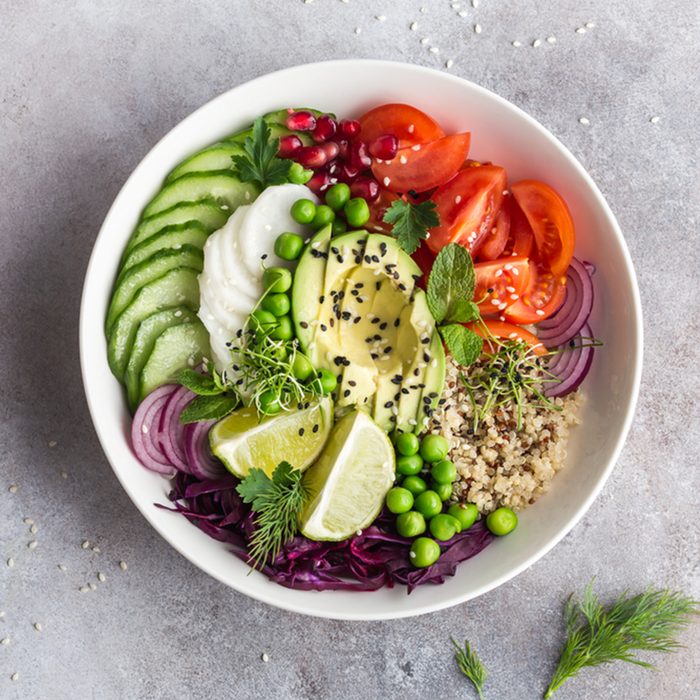
Whether it’s a side salad to go along with your entree or the meal’s main event, salads always seem to taste better at a restaurant. Want to know the secret? Restaurant chefs follow these tips to make those greens taste craveably good.
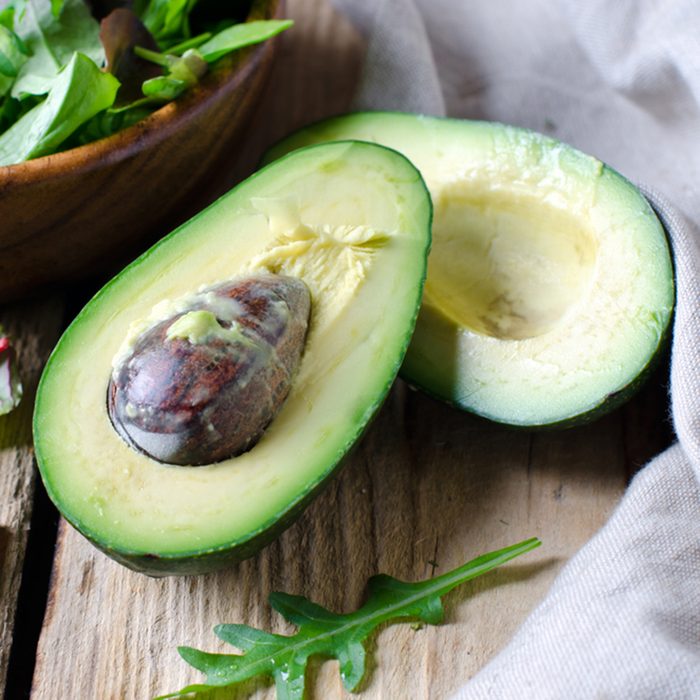
Fat Is Flavor
Don’t be afraid of fat when you’re putting your salad together. I’m not just talking about the oil in the salad dressing, either. Mix it up with your favorite nuts, seeds, hard or soft cheeses and everyone’s favorite: avocado. Those extra toppings will carry the flavors and make the salad taste exceptionally good.
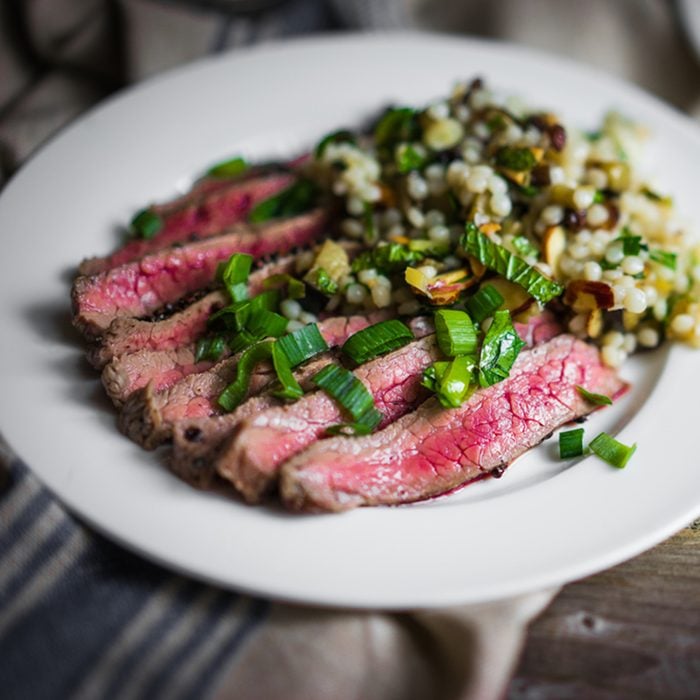
Don’t Forget About Protein
The best way to make a salad more filling is to add your favorite protein. Bacon, sliced deli turkey, grilled chicken, seared steak, smoked salmon or hard boiled eggs are go-to additions for restaurants. If you’re following a vegetarian or vegan diet, look for plant-based proteins like black beans, lentils, edamame, tempeh, tofu, quinoa, wild rice or nuts.
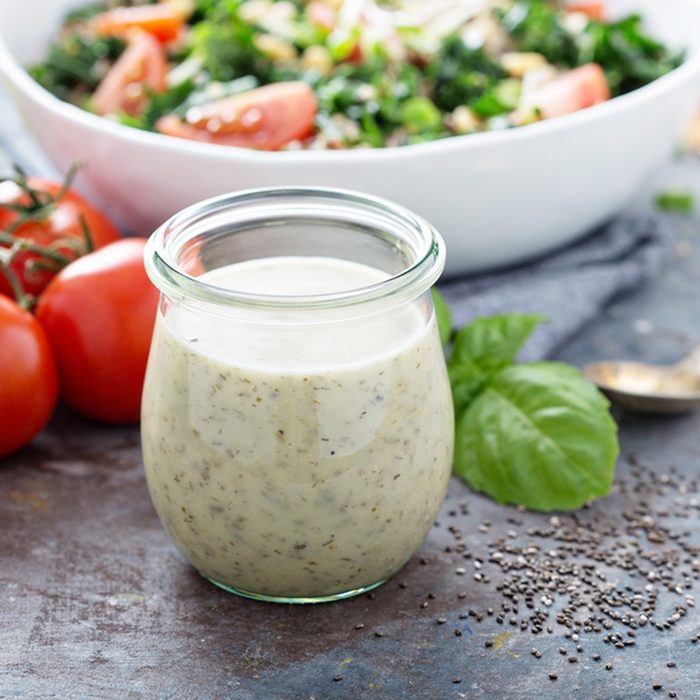
Make Your Own Salad Dressing
Salad dressings are so easy to make at home! You can customize them any way you like: puree in berries or avocado, add spicy mustard or honey for flavoring or keep it simple with fresh herbs. You can also opt for a creamy dressing by using mayonnaise, yogurt or sour cream as the base.
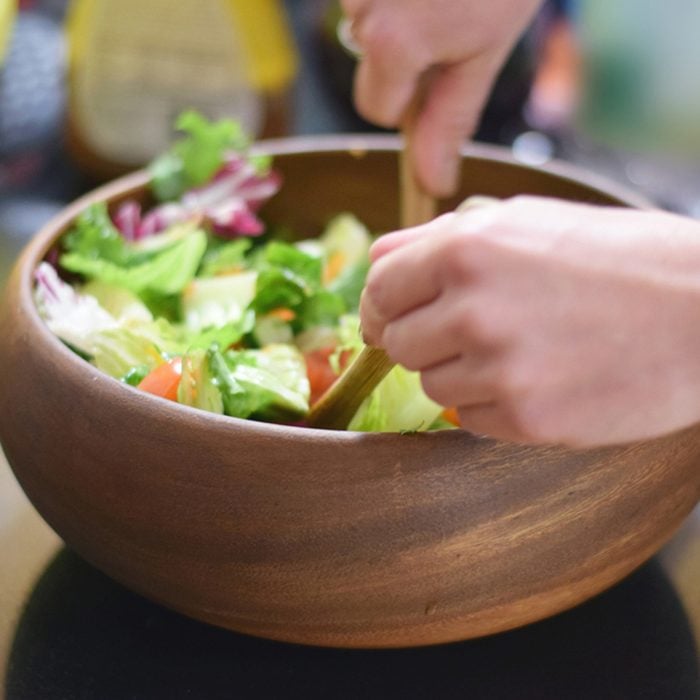
Don’t Just Dress The Salad–Toss It
There’s a reason that most restaurants serve their salads pre-tossed in dressing. It coats each leaf, preparing the greens so they taste perfectly seasoned. You’re not doing yourself any favors by just drizzling the dressing on your greens, so dirty up an extra bowl and toss ’em up right before you’re ready to serve!
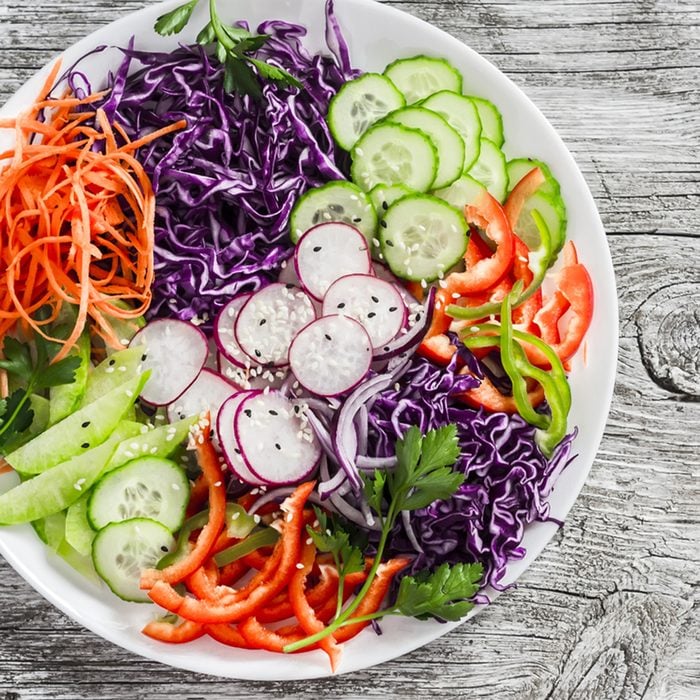
Consider Color When Choosing Toppings
We eat with our eyes first, so choosing colorful toppings will actually make your salad taste better! Think about the colors of the rainbow when selecting your toppings. Consider adding purple cabbage, red tomatoes or bell peppers, orange carrots or citrus wedges, yellow corn, white cheese, brown croutons or pale cucumbers to the mix.
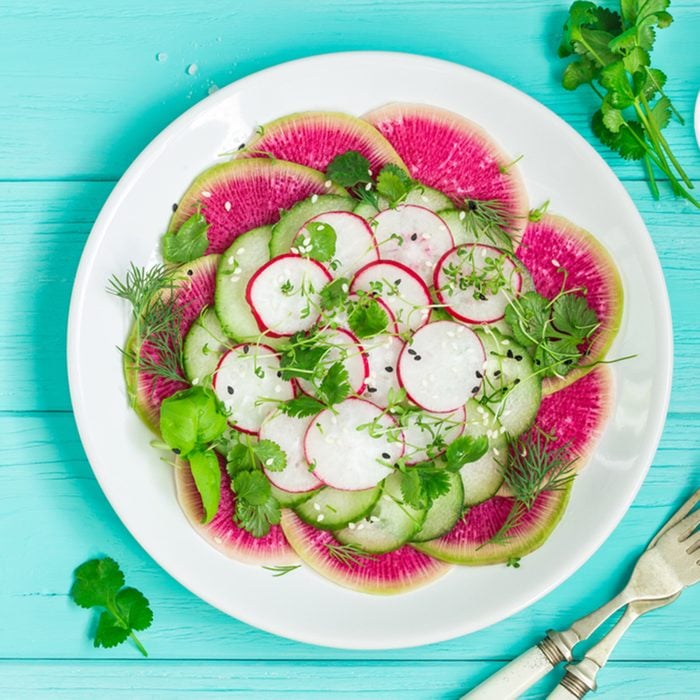
Don’t Be Afraid to Skip the Lettuce Entirely
Most salads start with lettuce, but great restaurants know to think outside the box. Mix it up with kale, chicories, watercress or arugula. Or, skip the lettuce altogether and build a salad from your favorite vegetables. Peeled zucchini, radishes, green beans or tomatoes can stand on their own without needing a green salad mix.
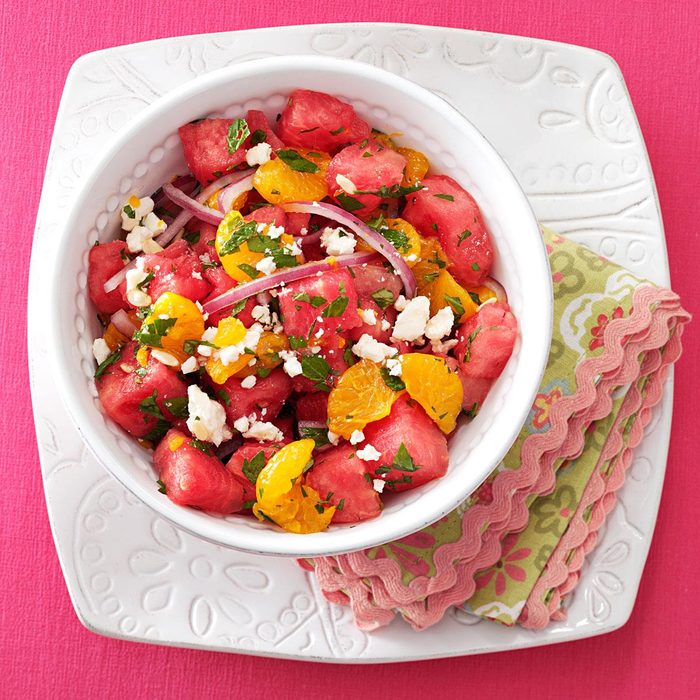
Sweet Flavors Create Balance
Sweet fruits like dried blueberries, fresh citrus or watermelon (or vegetables like butternut squash) create a powerful balance to salty cheeses or savory meats. They also work hard to satisfy your sweet tooth, curbing cravings and keeping you from overindulging later in the day.
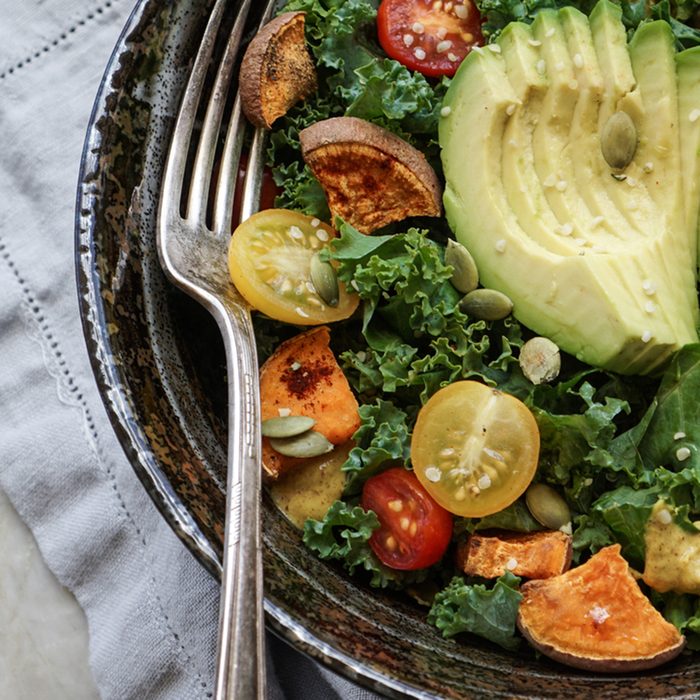
Fiber Is Your Friend
If you’re hungry an hour after eating your lunch salad, chances are good you didn’t include enough fiber. Fiber and protein work hard to keep you feeling full, so think about adding some fiber-filled ingredients to the mix. Think berries, avocados, beans, broccoli, Brussels sprouts, pearled barley, quinoa, flaxseed, chia seeds or whole wheat pasta.
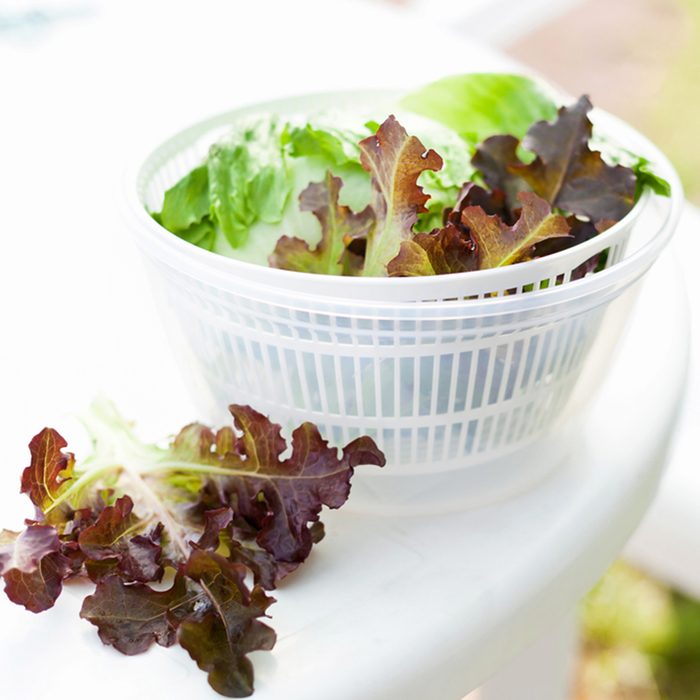
Use a Salad Spinner
Washing salad greens is always a good idea (even if the container says they’re pre-washed). But, you don’t want to serve a soggy salad! Salad dressing won’t cling well to wet greens, so the meal will taste a little watered down. Invest in an inexpensive salad spinner to make sure those greens are dry and happy.
